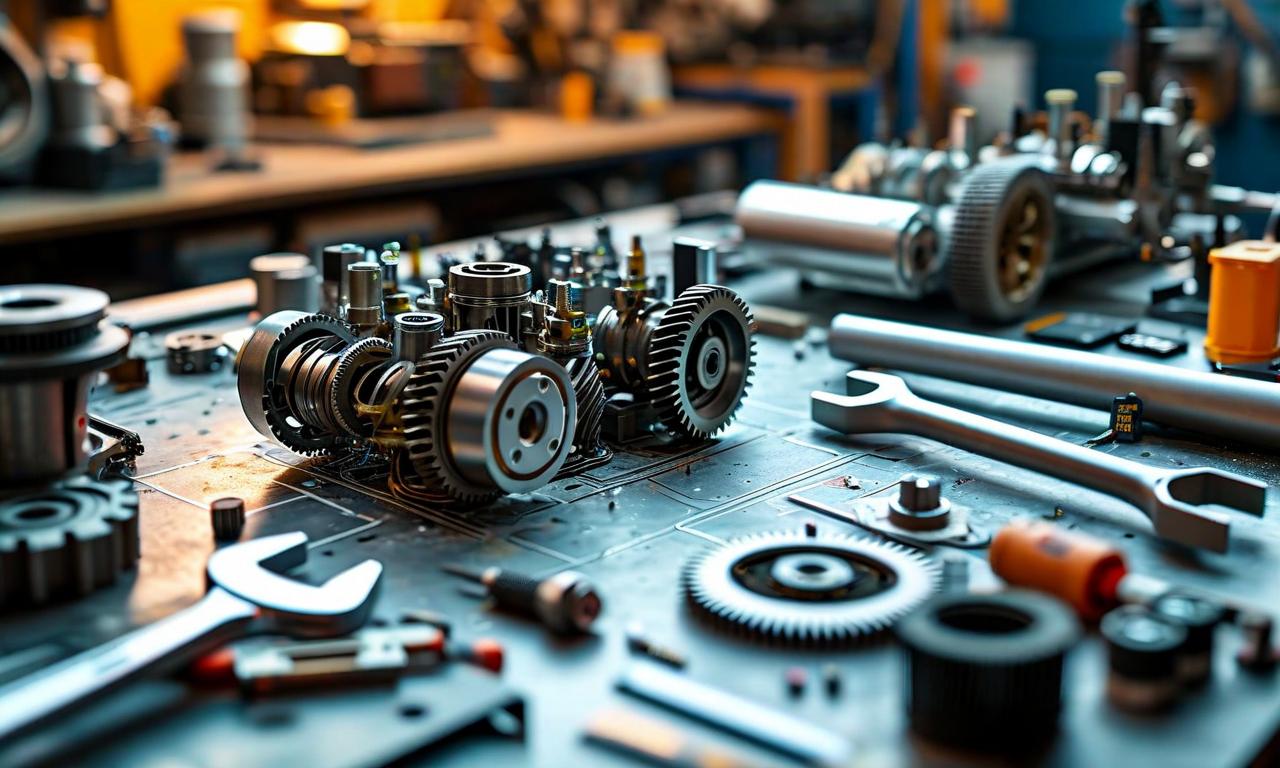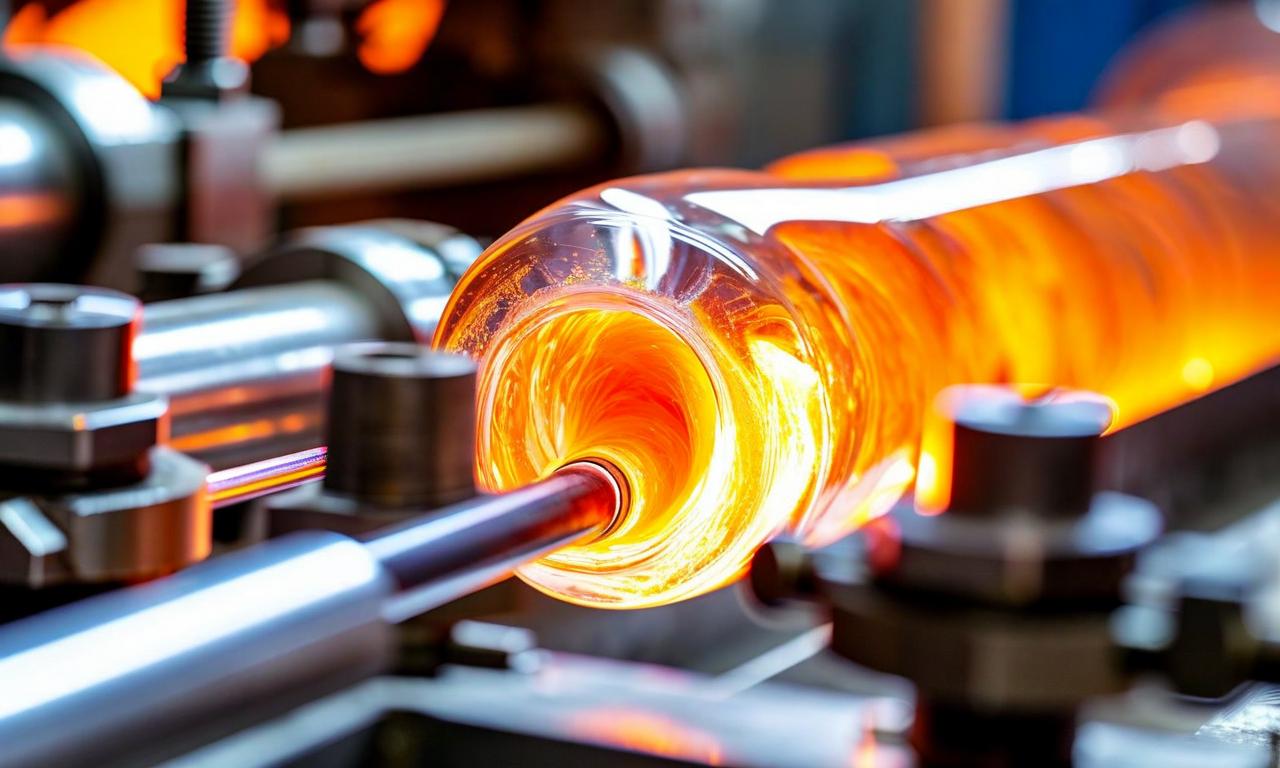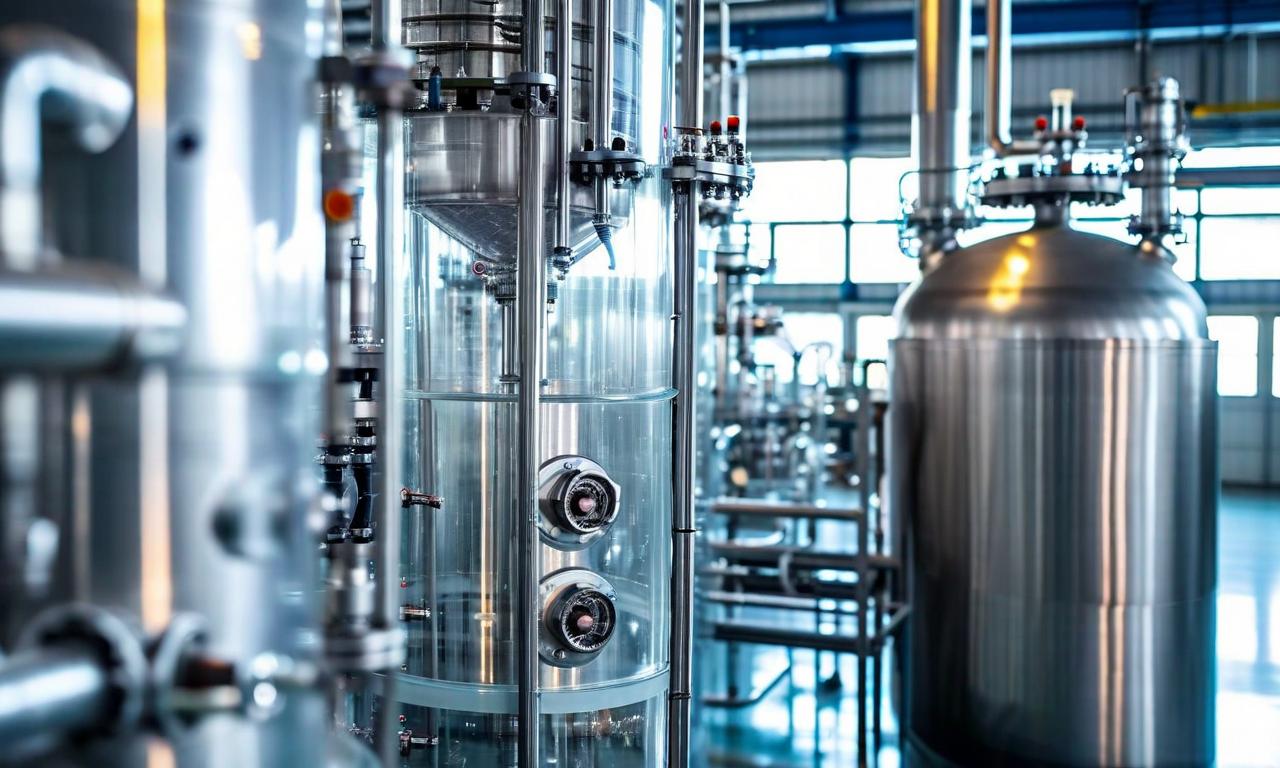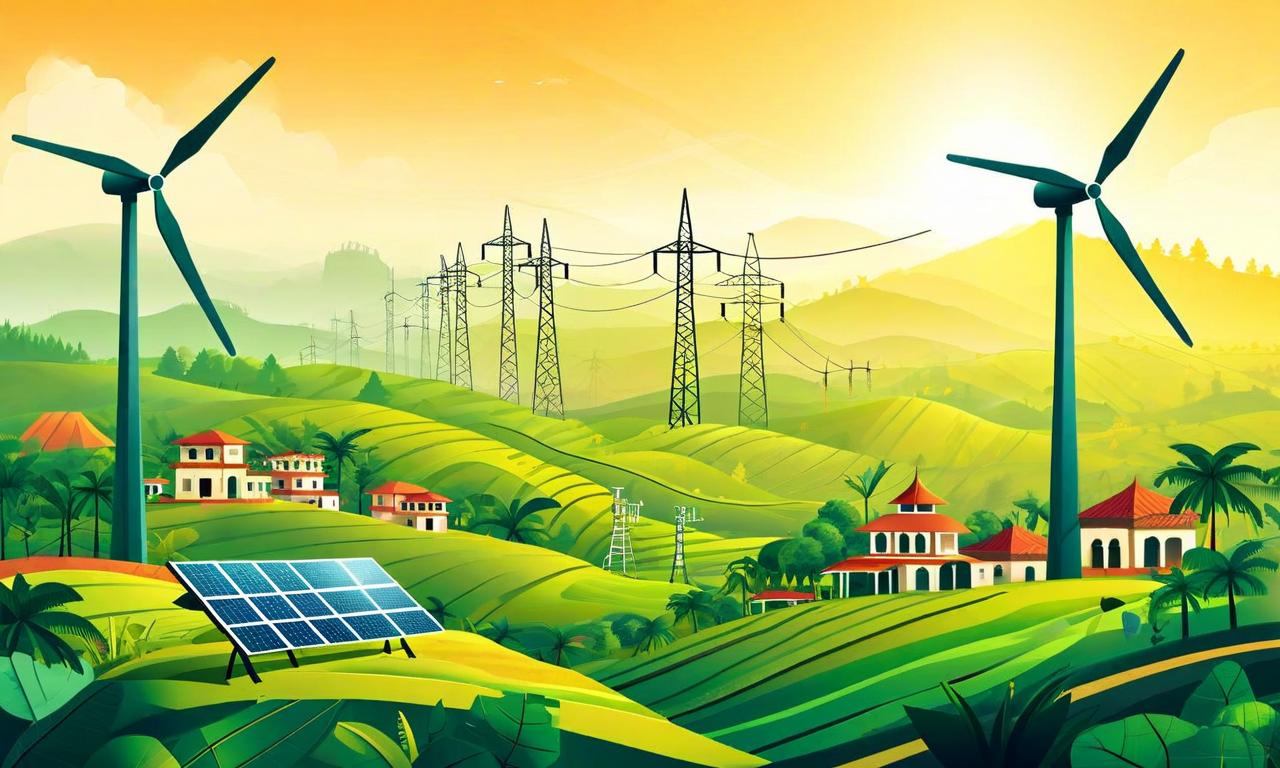Auto Ancillary Industry Pivots from ICE to EV Components
The auto ancillary industry is transitioning from internal combustion engine (ICE) parts to electric vehicle (EV) components, reflecting the automotive sector's changing landscape. Companies are diversifying into sectors like defence, agriculture, and energy to reduce dependency on automobiles. The industry is investing in R&D for EV-specific parts, adapting technologies, and developing new manufacturing processes. Capital allocation is shifting towards EV component manufacturing capabilities and dedicated facilities. While facing challenges like workforce reskilling and supply chain adaptation, the industry sees opportunities in new markets, global collaborations, and developing cutting-edge technologies for future automotive needs.

*this image is generated using AI for illustrative purposes only.
The auto ancillary industry is undergoing a significant transformation, shifting its focus from internal combustion engine (ICE) parts to electric vehicle (EV) components. This strategic pivot reflects the changing landscape of the automotive sector and the growing demand for electric vehicles worldwide.
Diversification Beyond Automobiles
In a bid to broaden their horizons, auto ancillary companies are not limiting themselves to the automotive sector. They are actively exploring opportunities in other industries, including:
- Defence
- Agriculture
- Energy
This diversification strategy aims to reduce dependency on a single sector and create new revenue streams.
Strategic Shifts in Component Development
The transition from ICE to EV components is driving major changes in the industry's approach to product development. Companies are:
- Investing in research and development for EV-specific parts
- Adapting existing technologies for electric vehicle applications
- Developing new manufacturing processes suited for EV components
Capital Allocation and Facility Establishment
The industry's transformation is also evident in how companies are allocating their capital and establishing new facilities:
- Increasing investment in EV component manufacturing capabilities
- Setting up dedicated facilities for EV parts production
- Repurposing existing plants to accommodate the production of both ICE and EV components
Challenges and Opportunities
While this transition presents challenges, it also opens up new opportunities for the auto ancillary industry:
Challenges
- Reskilling workforce for EV component production
- Managing the coexistence of ICE and EV component lines
- Adapting supply chains for new materials and technologies
Opportunities
- Entering new markets with innovative EV solutions
- Collaborating with global EV manufacturers
- Developing cutting-edge technologies for the automotive industry of the future
The auto ancillary industry's shift from ICE to EV components marks a crucial phase in its evolution. As companies navigate this transition, their ability to innovate, diversify, and adapt will be key to their success in the rapidly changing automotive landscape.
























